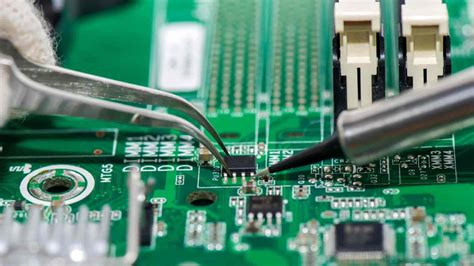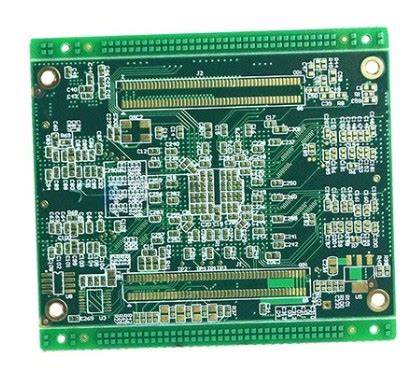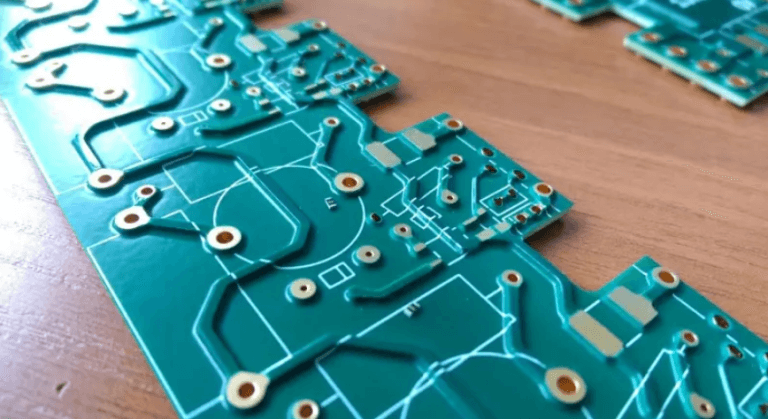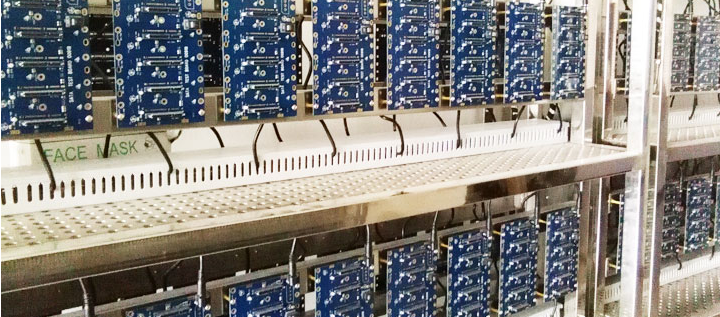Desktop pcb manufacturing
Essential Tools And Equipment For Desktop PCB Manufacturing
Desktop PCB manufacturing has become increasingly accessible, allowing hobbyists and small businesses to design and produce printed circuit boards (PCBs) in-house. This shift is largely due to the availability of essential tools and equipment that streamline the process, making it both efficient and cost-effective. Understanding the necessary tools and equipment is crucial for anyone looking to embark on desktop PCB manufacturing.
To begin with, a reliable computer-aided design (CAD) software is indispensable.
This software allows users to design the PCB layout, ensuring that all components are correctly placed and connected. Popular options include Eagle, KiCad, and Altium Designer, each offering unique features that cater to different levels of expertise and project requirements. Once the design is finalized, the next step involves transferring it onto a physical board.
For this, a high-quality printer is essential, particularly one capable of printing on transparent sheets.
Laser printers are often preferred due to their precision and ability to produce sharp, clear images. These printed designs serve as masks for the etching process, which is a critical step in PCB manufacturing. The etching process requires a UV exposure unit, which hardens the photoresist on the PCB, leaving only the desired circuit pattern. This step is followed by developing the board in a chemical solution to reveal the copper traces.
Moreover, a reliable etching tank is necessary to remove unwanted copper from the board.
Ferric chloride is a commonly used etchant, although alternatives like ammonium persulfate are also popular due to their less corrosive nature. Safety precautions, such as gloves and goggles, are imperative when handling these chemicals to prevent any accidents.
Once the etching process is complete, drilling the board to accommodate component leads is the next step.
A precision drill press is ideal for this task, as it ensures accurate hole placement and size. Carbide drill bits are recommended due to their durability and ability to maintain sharpness over multiple uses. Following drilling, the board is ready for component placement and soldering.
Soldering is a critical skill in PCB manufacturing, requiring a high-quality soldering iron with adjustable temperature settings.
This tool allows for precise control, ensuring that components are securely attached without damaging the board. Additionally, soldering stations often come with various tips, enabling users to work on different component sizes and types. A soldering iron stand and a sponge for cleaning the tip are also essential accessories.
Furthermore, a multimeter is an invaluable tool for testing the completed PCB.
It allows users to check for continuity, measure voltage, and ensure that all connections are functioning as intended. This step is crucial for identifying any potential issues before the board is put into operation.
In addition to these tools, having a well-organized workspace is vital for efficient PCB manufacturing.
Proper storage solutions for components and tools can significantly enhance productivity and reduce the risk of errors. As desktop PCB manufacturing continues to evolve, staying informed about the latest tools and techniques will ensure that enthusiasts and professionals alike can produce high-quality boards with ease. By investing in the right equipment and honing the necessary skills, anyone can successfully navigate the intricate world of PCB manufacturing from the comfort of their own workspace.
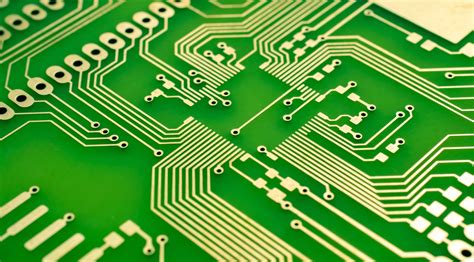
Step-By-Step Guide To Designing PCBs On A Desktop
Designing printed circuit boards (PCBs) on a desktop has become increasingly accessible due to advancements in software and technology. This process, once reserved for large-scale manufacturers, can now be accomplished by hobbyists and small businesses alike. To begin, it is essential to understand the fundamental steps involved in creating a PCB design on a desktop, ensuring a seamless transition from concept to physical product.
The first step in designing a PCB is to conceptualize the circuit.
This involves determining the purpose of the PCB and the components required to achieve that purpose. It is crucial to have a clear understanding of the circuit’s functionality, as this will guide the subsequent design process. Once the concept is solidified, the next step is to create a schematic diagram. This diagram serves as a blueprint for the PCB, illustrating how each component is connected. Software tools such as Eagle, KiCad, or Altium Designer are commonly used for this purpose, offering a range of features to facilitate the design process.
After the schematic is complete, the next phase involves transferring the schematic to a PCB layout.
This step requires careful consideration of component placement and routing to ensure optimal performance and manufacturability. The layout process involves arranging the components on the board and drawing the traces that connect them. It is important to adhere to design rules and guidelines, such as trace width and spacing, to prevent issues like signal interference or short circuits. Many PCB design software tools offer automated features to assist with routing, making this step more efficient.
Once the layout is finalized, the design must be verified through a process known as design rule checking (DRC).
This step ensures that the design adheres to the specified rules and constraints, identifying any potential errors that could affect the board’s functionality. It is advisable to perform a thorough review of the design at this stage, as errors can be costly and time-consuming to rectify later in the process.
Following verification, the next step is to generate the necessary files for manufacturing.
These files, commonly referred to as Gerber files, contain all the information required to produce the PCB. They include details such as the copper layers, solder mask, and silkscreen, among others. It is essential to ensure that these files are accurate and complete, as they serve as the blueprint for the manufacturing process.
With the Gerber files prepared, the final step is to send them to a PCB manufacturer.
Many manufacturers offer online services that allow for easy submission of design files and provide instant quotes for production. It is important to select a reputable manufacturer with a track record of quality and reliability. Once the order is placed, the manufacturer will produce the PCB according to the specifications provided.
In conclusion, designing PCBs on a desktop involves a series of methodical steps, from conceptualization to manufacturing. By utilizing modern software tools and adhering to best practices, individuals and small businesses can create high-quality PCBs efficiently and cost-effectively. This democratization of PCB design has opened up new possibilities for innovation and creativity, empowering a wider range of people to bring their electronic projects to life.
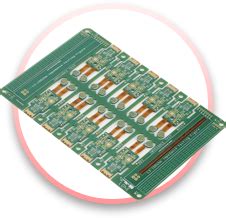
Common Challenges In Desktop PCB Manufacturing And How To Overcome Them
Desktop PCB manufacturing has revolutionized the way hobbyists, small businesses, and even larger enterprises approach the creation of printed circuit boards. However, despite its many advantages, this method is not without its challenges. Understanding these common obstacles and learning how to effectively address them is crucial for anyone looking to optimize their desktop PCB manufacturing process.
One of the primary challenges in desktop PCB manufacturing is achieving precision and accuracy.
Unlike industrial-scale manufacturing, desktop setups often lack the advanced machinery that ensures high precision. This can lead to issues such as misalignment of components or incorrect trace widths, which can compromise the functionality of the final product. To overcome this, it is essential to invest in high-quality equipment and regularly calibrate it to maintain accuracy. Additionally, using design software that offers simulation features can help identify potential issues before the manufacturing process begins, thereby reducing the likelihood of errors.
Another significant challenge is the limitation in the complexity of designs that can be produced.
Desktop PCB manufacturing is often constrained by the capabilities of the available equipment, which may not support multilayer boards or intricate designs. To address this, designers can optimize their layouts by simplifying circuit designs where possible and using creative routing techniques. Furthermore, staying updated with the latest advancements in desktop manufacturing technology can provide access to new tools and methods that expand design possibilities.
Material selection also poses a challenge in desktop PCB manufacturing.
The choice of substrate material can significantly impact the performance and durability of the PCB. While industrial manufacturers have access to a wide range of materials, desktop manufacturers may be limited to more readily available options, which might not always meet the desired specifications. To mitigate this, it is advisable to thoroughly research and test different materials to find the best fit for specific applications. Collaborating with suppliers who understand the needs of desktop manufacturers can also provide access to higher-quality materials.
Thermal management is another critical issue that can affect the reliability of PCBs produced on a desktop scale.
Poor thermal management can lead to overheating, which can damage components and reduce the lifespan of the board. To combat this, designers should incorporate adequate heat dissipation features into their designs, such as thermal vias or heat sinks. Additionally, using materials with good thermal conductivity can help manage heat more effectively.
Finally, quality control is a persistent challenge in desktop PCB manufacturing.
Ensuring that each board meets the required standards is essential for maintaining reliability and performance. Implementing a robust quality control process, including visual inspections and electrical testing, can help identify defects early in the production process. Moreover, adopting a continuous improvement mindset and learning from past mistakes can lead to better outcomes over time.
In conclusion, while desktop PCB manufacturing presents several challenges, these can be effectively managed through careful planning, investment in quality equipment, and a commitment to continuous learning and improvement. By addressing issues related to precision, design complexity, material selection, thermal management, and quality control, manufacturers can enhance their processes and produce high-quality PCBs that meet their specific needs. As technology continues to advance, the potential for desktop PCB manufacturing will only grow, offering even more opportunities for innovation and creativity in the field.
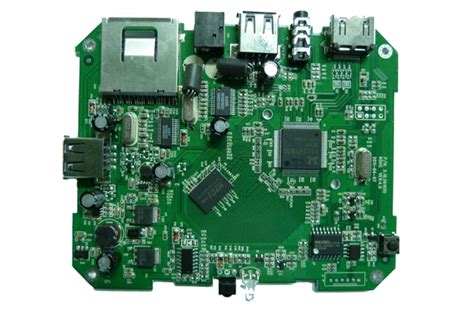
Innovations In Desktop PCB Manufacturing Technology
In recent years, the field of desktop printed circuit board (PCB) manufacturing has witnessed significant advancements, driven by the increasing demand for rapid prototyping and the need for more efficient, cost-effective production methods. These innovations have transformed the landscape of PCB manufacturing, making it more accessible to small businesses, startups, and individual hobbyists. As technology continues to evolve, desktop PCB manufacturing is becoming an integral part of the electronics industry, offering numerous benefits and opportunities for innovation.
One of the most notable advancements in desktop PCB manufacturing is the development of more sophisticated and user-friendly software tools.
These tools have simplified the design process, allowing users to create complex PCB layouts with greater ease and precision. By integrating features such as real-time design rule checking and automated component placement, these software solutions have significantly reduced the time and effort required to design a PCB. Furthermore, the availability of cloud-based platforms has enabled collaborative design, allowing teams to work together seamlessly, regardless of their physical location.
In addition to software improvements, hardware innovations have played a crucial role in advancing desktop PCB manufacturing.
The introduction of high-resolution 3D printers capable of printing conductive materials has revolutionized the way PCBs are produced. These printers can create intricate circuit patterns directly onto substrates, eliminating the need for traditional etching processes. This not only reduces material waste but also allows for the production of multi-layered PCBs with complex geometries. Moreover, the ability to print on flexible substrates has opened up new possibilities for wearable electronics and other applications where traditional rigid PCBs are unsuitable.
Another significant development in this field is the emergence of automated desktop milling machines.
These machines have become increasingly popular due to their ability to quickly and accurately mill PCBs from copper-clad boards. By automating the milling process, these machines reduce the potential for human error and ensure consistent quality across multiple iterations. Additionally, they offer the flexibility to produce both single and double-sided PCBs, catering to a wide range of design requirements.
The integration of artificial intelligence (AI) and machine learning into desktop PCB manufacturing is also beginning to show promise.
AI algorithms can optimize PCB designs by analyzing various parameters and suggesting improvements, such as minimizing trace lengths or optimizing component placement for better thermal management. This not only enhances the performance of the final product but also reduces the likelihood of design errors, ultimately leading to more reliable and efficient PCBs.
Furthermore, the growing trend towards sustainability has influenced innovations in desktop PCB manufacturing.
Eco-friendly materials and processes are being developed to minimize the environmental impact of PCB production. For instance, water-based solder masks and biodegradable substrates are gaining traction as viable alternatives to traditional materials. These sustainable practices not only benefit the environment but also align with the increasing consumer demand for greener products.
In conclusion, the innovations in desktop PCB manufacturing technology have significantly transformed the industry, making it more accessible, efficient, and sustainable. As software and hardware continue to advance, and as AI and sustainable practices become more integrated into the process, the potential for further innovation is immense. These developments not only empower small businesses and individual creators but also pave the way for new applications and opportunities in the ever-evolving world of electronics. As we look to the future, it is clear that desktop PCB manufacturing will continue to play a pivotal role in driving technological progress and fostering creativity across various sectors.

